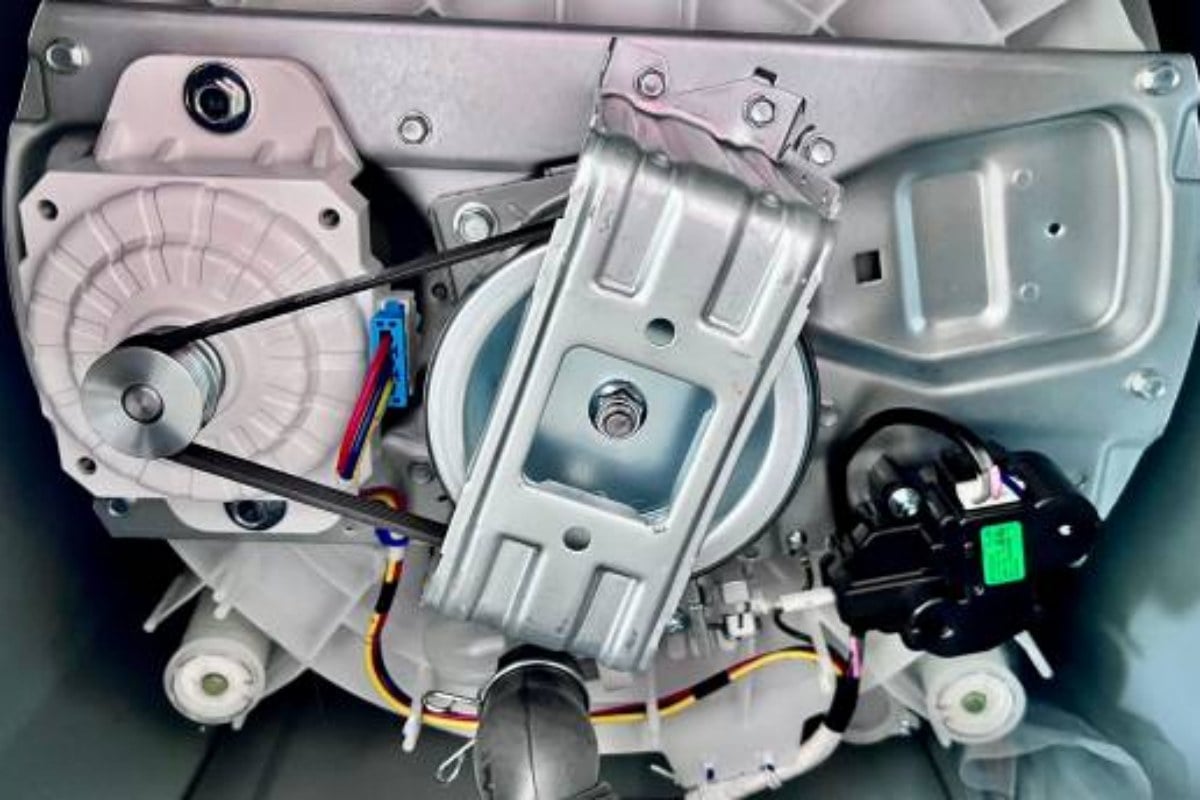An Introduction to washing machine components
Washing machines have become an essential part of our daily lives, revolutionizing the way we clean our clothes. While they may seem like complex appliances, they are actually made up of several key components that work together to provide efficient and effective cleaning. In this article, we will explore the various components of a washing machine and how they contribute to its overall functionality.
The Drum: Where the Magic Happens
The drum is the heart of a washing machine. It is where the clothes are placed for cleaning and rinsing. The drum rotates in different directions, allowing the water and detergent to penetrate the fabric and remove dirt and stains. Most modern washing machines have a stainless steel drum, which is durable and resistant to corrosion. The size of the drum can vary, with larger drums being able to handle larger loads of laundry.
The Motor: Powering the Machine
The motor is responsible for driving the drum's rotation and controlling the various cycles of a washing machine. It converts electrical energy into mechanical energy, providing the necessary power to agitate the clothes, pump water in and out of the drum, and spin the drum for drying. Motors in washing machines are typically electric and come in different power ratings, depending on the size and capacity of the machine.
The Pump: Moving Water In and Out
The pump is a crucial component that enables water to flow into and out of the drum. It is responsible for filling the drum with water at the beginning of a cycle and draining it at the end. The pump is usually connected to the motor and uses impellers or propellers to create a suction force that moves the water. It is important for the pump to be efficient and reliable to ensure proper water circulation during the washing process.
The Agitator or Pulsator: Enhancing Cleaning Performance
The agitator or pulsator is a component found in top-loading washing machines. It is responsible for creating the necessary motion to agitate the clothes and loosen dirt and stains. The agitator typically consists of fins or blades that move back and forth, creating a turbulent water flow. This helps in dislodging dirt particles from the fabric, resulting in a more thorough cleaning. Front-loading washing machines do not have an agitator, as they rely on the tumbling action of the drum to clean the clothes.
The Control Panel: User-Friendly Interface
The control panel is where users can set the desired washing parameters and choose the appropriate cycle for their laundry. It typically includes buttons or a digital display that allows users to select the temperature, spin speed, and other settings. Some washing machines also feature advanced controls, such as timers and delay start options. The control panel is designed to be user-friendly and intuitive, ensuring that anyone can operate the washing machine with ease.
The Heating Element: Warming up the Water
Many washing machines have a heating element that is responsible for heating the water used during the wash cycle. Warm or hot water can help to remove stubborn stains and sanitize the clothes. The heating element is usually located at the bottom of the drum and operates with the help of the machine's electrical system. It is important for the heating element to be efficient and reliable to ensure consistent water temperature throughout the wash.
The Detergent Dispenser: Dispensing the Perfect Amount
The detergent dispenser is where users can add their preferred laundry detergent or other cleaning agents. It ensures that the detergent is released at the right time during the wash cycle, allowing it to mix with the water and effectively clean the clothes. Some washing machines have separate compartments for detergent, fabric softener, and bleach, while others have a single dispenser for all three. The detergent dispenser is designed to prevent residue buildup and ensure optimal cleaning results.
The Suspension System: Keeping the Drum Balanced
The suspension system of a washing machine is responsible for keeping the drum balanced during operation. It consists of shock absorbers and springs that absorb the vibrations and movements caused by the spinning drum. A well-functioning suspension system is essential to prevent excessive noise, reduce wear and tear on the machine, and ensure that the drum remains stable during high-speed spins.
The Water Inlet and Outlet: Connecting to the Plumbing
The water inlet and outlet are the connections through which water enters and exits the washing machine. The water inlet is usually connected to a water supply line, allowing fresh water to flow into the machine. The water outlet, on the other hand, is connected to a drain pipe or a sink, allowing used water to be drained out. These connections are important for the proper functioning of the washing machine and should be checked regularly to prevent leaks or blockages.
The Sensors: Smart and Efficient Washing
Modern washing machines often come equipped with various sensors that enhance their efficiency and convenience. These sensors can detect factors such as load size, water level, and fabric type, and adjust the washing parameters accordingly. For example, they can automatically determine the optimal water level for a particular load or adjust the wash cycle duration based on the amount of dirt detected. Sensors contribute to energy and water savings, as well as ensuring gentle care for different types of fabrics.

